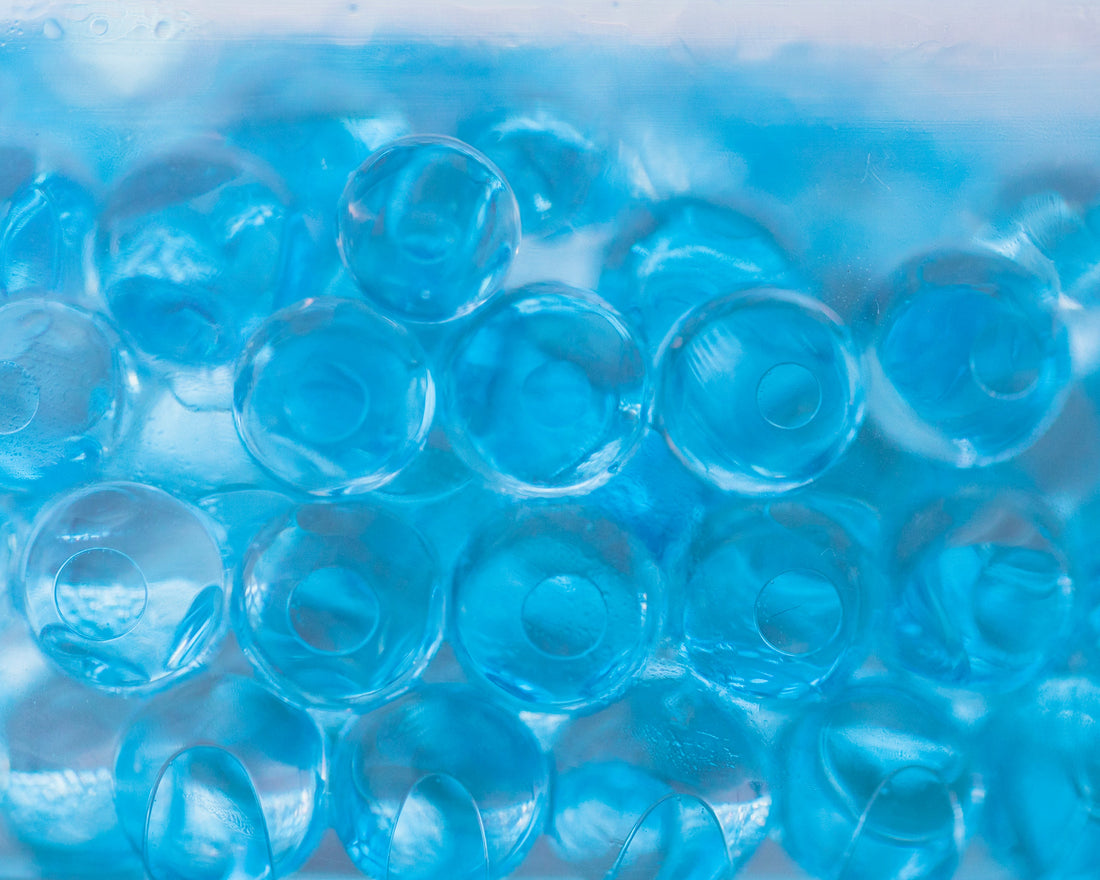
Cryotherapy: Which method is right for you?
Share
Cryotherapy , or cold treatment, there are several ways to benefit from it.
➡️ At the end of the article you will find a summary table to help you find out what suits you best 🧊
The term "cryotherapy" comes from ancient Greek: "cryo" means "cold" and "therapy" means "treatment."
The idea of using cold in medicine is not new. Hippocrates (circa 460-370 BC) already recommended the application of snow and ice to relieve pain and reduce inflammation. This practice has been continued and developed over the centuries.
In the 19th century, Scottish physician James Arnott (1799-1883) pioneered the use of ice to treat chronic pain and inflammation. His work helped establish a solid scientific foundation for modern cryotherapy.
Today, cryotherapy has evolved into a sophisticated and effective method for muscle recovery , pain relief, stimulation of endorphin production, firming of the skin, and the treatment of inflammation , combining ancient knowledge and contemporary innovations.
According to Futura Sciences, cryotherapy can be applied locally or by total body exposure in a cold cabin.
Differences between Global and Localized Cryotherapy
Cryotherapy is mainly divided into two types: global cryotherapy and localized cryotherapy , each with distinct applications and advantages.
Two types of cryotherapy :
- Global : Exposes the entire body to extreme temperatures (-110°C to -140°C) in a cabin to improve circulation, reduce inflammation and boost mood.
- Located : Targets specific areas with cold devices to treat localized pain, improve skin and speed up wound healing.
1. Global Cryotherapy
Whole body cryotherapy (WBC) involves exposing the entire body to extremely low temperatures, often around -110°C to -140°C , in a cryogenic chamber or cabin .
This technique typically lasts between 2 and 4 minutes. The primary goal is to induce a systemic response that improves blood circulation, reduces overall inflammation, and stimulates the release of endorphins. Whole body cryotherapy is commonly used for:
- Sports recovery : Accelerating recovery after intense workouts.
- Pain Management : Reduction of chronic and inflammatory pain.
- General well-being : Improved mood and increased energy through the release of endorphins.
2. Localized Cryotherapy
Localized cryotherapy targets specific areas of the body using cold-applying devices, such as probes or sprays. This method typically uses less extreme temperatures than general cryotherapy and is applied directly to the affected area.
Localized cryotherapy is often used for:
- Specific Pain Treatment : Reducing pain in specific areas such as sore joints or muscles.
- Aesthetic treatments : Cellulite reduction, skin tightening, and treatment of skin lesions.
- Targeted Recovery : Relief from post-operative pain and accelerated healing of localized injuries.
"Some are based on subjective feelings, not always on precise measurements," acknowledges Jean-Robert Filliard, a doctor of sports science at INSEP. The Institute has shown that after a trail run, runners regain their maximum muscle strength within 1 hour of whole-body cryotherapy, compared to 24 hours after an infrared session.
The cryotherapy market is booming, with a compound annual growth rate (CAGR) of 12% forecast from 2022 to 2030, mainly driven by sports applications. 📈
To help you choose the cryotherapy method that best suits you, discover below the advantages and disadvantages of the different options available: 🌟💧
| Method |
+ |
- |
|---|---|---|
| Ice bath | - Generalized reduction of inflammation. - Accelerates muscle recovery. - Easy to use at home (if bathtub is suitable). |
- Can be uncomfortable and difficult to bear. - Requires a bathtub and plenty of ice water. - Risk of thermal shock. |
| Cold room | - Homogeneous exposure of the whole body to very low temperatures (-110°C to -140°C). - Stimulates the production of endorphins. - Effective for sports recovery and pain management. |
- High cost for installation and use. - Duration limited to a few minutes. - Requires professional installation. |
| Cold shower | - More accessible and less expensive. - Easy to integrate into a daily routine. - Can be used for shorter sessions. |
- Less effective for significant reduction of inflammation. - Difficulty maintaining a very low temperature. - Less comfort than other methods. |
| Ice pack | - Targets specific areas for localized relief. - Practical and portable. - Cheaper and more accessible. |
- Effective mainly for local areas, not for the whole body. - May require frequent applications. - Risk of cold burns if used incorrectly. |




